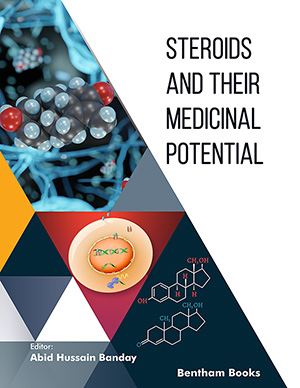Abstract
The effects of exposure to 6 mT Static Magnetic Field (SMF) and to 15 and 72 Hz Pulsed ElectroMagnetic Fields (PEMFs) on the early development of the sea urchin P.lividus were evaluated. The amplitudes of PEMFs were chosen in the range of that approved for magnetotherapy and the magnetic induction of SMF was the one already shown to interfere with some cell functions in in vitro experiments. P.lividus embryos, from fertilization to pluteus larva (about 72 h of development) were exposed to the different MFs continuously or alternating periods under MFs exposure with periods without exposure. The type of applied MF (static or time-varying) and the duration and/or modality of exposure interfered with the normal development. In general, the early stages of development were more responsive to MF exposure than the prisma and pluteus stages. The MFs induced three main modifications of P.lividus embryos: i) alteration of the speed of the development growth, ii) morphological changes ending in the death of embryos and iii) increase of embryos adhering to the substrate of culture flask. SMF was more embryotoxic than PEMFs (72 Hz > 15 Hz); longer times of exposure induced more modifications than shorter one; continuous exposure was more harmful than alternate exposure. Interestingly, the effects produced by 15 Hz PEMFs exposure for 6 h followed by a 16 h recovery in absence of field, were reversible and the development continued normally.
































